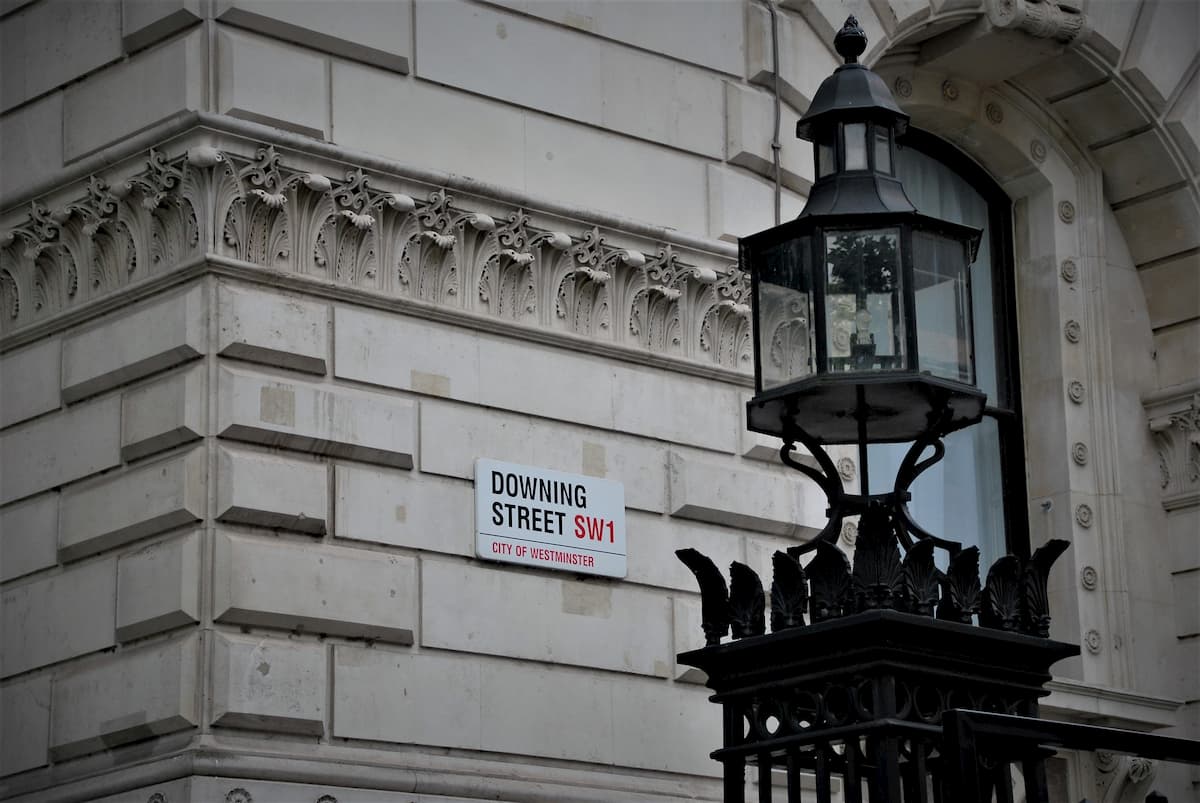
On Monday 20th July, several members of Lords gave strong support for digital age verification, including Baroness Neville-Rolfe, Lord Clement-Jones, Lord Stevenson of Balmacara, Lord Bourne of Aberystwyth, Lord Arbuthnot of Edrom, Lord Holmes.
It’s fair to say that all concerned want effective digital age verification, even those that were opposed to the development of digital age verification during the Lords debate such as Baroness Pickering and Baroness Williams. But for it to be effective, it needs to be standards based and meet the requirements of industry stakeholders and the public.
What was NOT clear on the floor of the house was:
- That digital age checking on a phone, checked by a human, is not the same as digital age verification or age estimation integrated to a self checkout or terminal.
- It takes on average 63 seconds for a retail assistant to come over and look at a document. It would take the same 63 seconds for a retail assistant to come over and check digital proof of age on a phone, so that does not help during the COVID-19 pandemic. It takes under 3-5 seconds for a person to age estimate or to age verify on a self checkout.
- Age estimation supports the 24% of UK adults who do not have ID documents and works across all skin tones and genders.
- Age estimation can enable over 25s or over over 30s, who represent the majority of the UK’s approximate 50 million adult population to prove to the self checkout they are over the required age
- A bulk of the volume of retail transactions in the UK are moving to self service; which under COVID-19 is helpful as it is contactless.
- For alcohol, current regulations currently require millions of business staff to estimate age, but do not allow much more accurate machines to estimate age. Humans are accurate to within about 8 years at assessing age and are biased. A machine with age estimation is accurate to about 2 years and unbiased.
- Large retailers want to reduce the strain and abuse to staff by using this tech which is already integrated into the self checkout terminals of all the major manufacturers.
Current standards for AV
The new proposed PASS standard focuses on in-person proof-of-age on a phone but it doesn’t cover age verification or age estimation technology performed at the self checkout without human intervention. It doesn’t cover online age verification, which can be performed by uploading an ID document or with age estimation technology.
However, the PAS 1296: 2018 Online age checking, does cover online age verification. Championed by the Digital Policy Alliance and the AVPA, the guidance assists online service providers to verify an individual’s age without being able to access their full identity. It promotes a tailored approach rather than a one-size-fits-all process, and deals with tokenised, data minimised, age checking across sectors with effective anti-spoofing. The time is ripe for it to be developed to a British Standard.
A double attack
Whilst both of these standards focus on digital age verification, we would advocate that two tracks are needed to cover:
- Online and in person proof-of-age at the self checkout. The already developed PAS 1296 standard can be used in this context and can support retailers during COVID-19.
- In person proof-of-age on a device that is viewed by a human. This can be covered by the future PASS Scheme but must be inclusive of the whole population and consider different sources of retrieving an age, such as from an ID document or an estimated age for those without an ID document.
Check out age verification in action in the video below.
